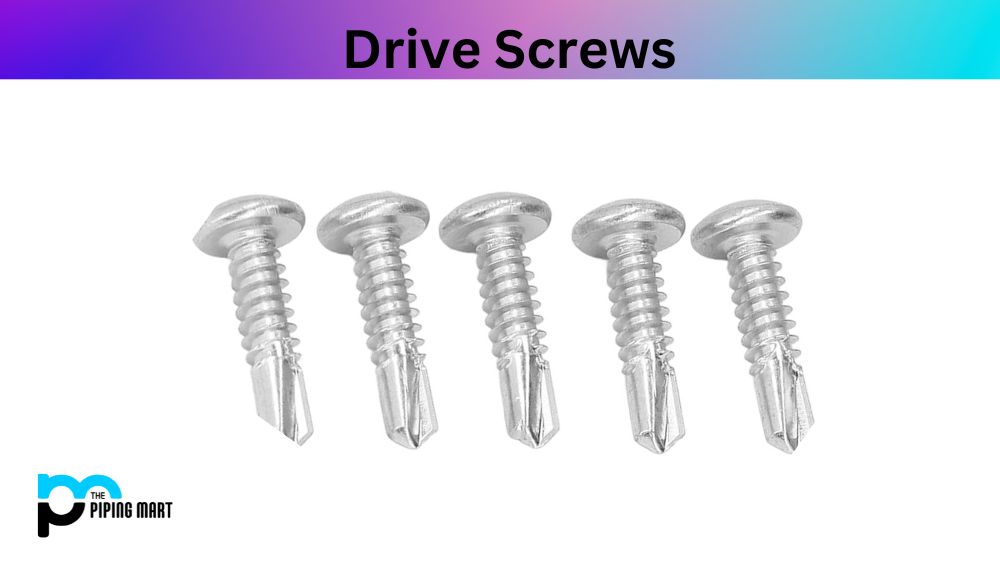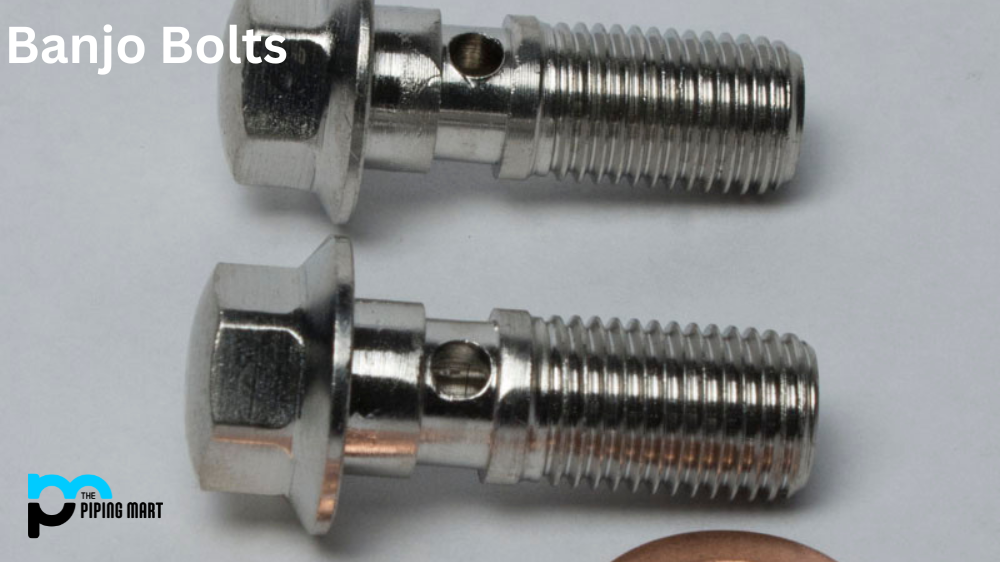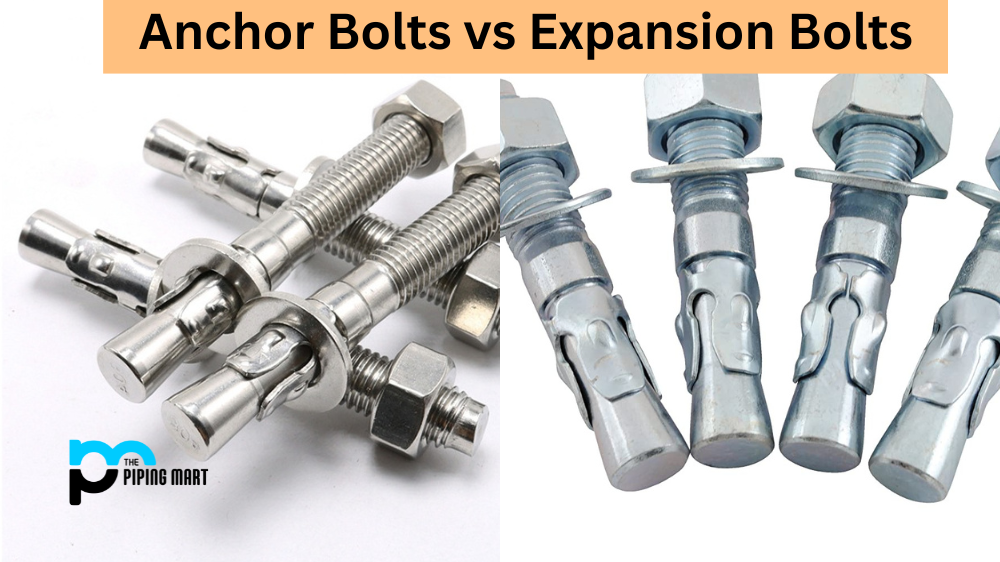When it comes to hardware and DIY projects, understanding the different components and their specific functions is essential. Two of the most popular washers used in various applications are split and flat. But which one is better? In this post, we’ll discuss the differences between these two types of washers, their specific uses, and what would be the best choice for your project.
What is a Split Washer?
A split washer is also known as a spring washer. It’s a small circular washer with a split cut on one side, allowing it to compress under pressure and create a strong tightening force once installed. Its design helps it to maintain tension, preventing nuts and bolts from becoming loose in vibrating environments. They are commonly used in applications that require frequent disassembly and reassembly, such as engines, pumps, and machinery.
What is a Flat Washer?
A flat washer is a simple, thin piece of metal used to distribute the load of a threaded fastener like a bolt or nut. They are often round-shaped and have a central hole. Flat washers are typically made of metal, but some are made of plastic or rubber. They are used in various applications to prevent damage due to friction, ensuring that the nut or bolt doesn’t come into contact with the fastened material’s surface.
Difference Between Split Washer and Flat Washer
While both split and flat washers are designed to perform a similar function, it depends on the application needed. Split washers are ideal for applications that need to maintain tension and where vibration is an issue- in engines, pumps, and machinery. With the divided washer being able to create an additional locking force, it prevents nuts and bolts from coming undone. Now, a flat washer may be your best choice if you have a project that isn’t subjected to high vibration. Flat washers are low-cost, effective and can be used for general-purpose applications to prevent direct contact between the threads of a bolt/nut and the fastened material.
When to Use Split Washers in Your DIY Projects
As we’ve already discussed, split washers are ideal for vibrating applications. If you’re working on an engine, a pump, or any machinery subjected to constant movement, a divided washer would be the perfect choice to ensure the bolts and nuts remain tightened. Split washers apply an additional force that keeps the fastener from coming loose.
When to Use a Flat Washer in Your DIY Projects
If you’re working on general-purpose DIY projects or projects that don’t require to withstand a lot of vibrations, a flat washer is the best choice. It works as a spacer between the nut and the fastened material, distributing the load equally. It helps prevent damage and maintain correct torque when tightening the fastener. Flat washers are cost-effective and ideal for various applications such as construction, woodworking, and other DIY projects.
How do Split Washers and Flat Washers Differ?
Split washers and flat washers differ in their design and function. Split washers are designed to grip the bolt or screw more tightly than flat washers, making them ideal for use in applications where vibration or movement might cause the fastener to loosen. Conversely, flat washers are less likely to grip the bolt or screw as tightly, making them better suited for applications where a tight grip is unnecessary.
Which Type of Washer Should I Use?
The type of washer you should use depends on the application you are using it for. A split washer is your best option if you need a tight grip to resist vibration or movement. A flat washer is your best option if you do not need a tight grip or are working with softer materials that a split washer might damage.
Are there any other Considerations I Should Keep in Mind?
Yes! When choosing between split washers and flat washers, you should also consider the size of the fastener you use. Split washers are typically smaller than flat washers so they can be used with smaller bolts and screws. Additionally, divided Washers are less likely to damage softer materials than flat Washers.
Conclusion
In conclusion, it’s essential to understand the differences between a split washer and a flat washer when completing any DIY project. Although both can be used in different projects, they have other specific uses and applications. A split washer is optimal for applications where maintaining tension is essential, while a flat washer is best for general use in various applications. Whatever your DIY project requires, you can pick the right washer to help ensure a successful and long-lasting project.

Pipingmart is a B2B portal that specializes in metal, industrial and piping items. Additionally, we share the latest information and information about materials, products and various types of grades to assist businesses that are involved in this business.




